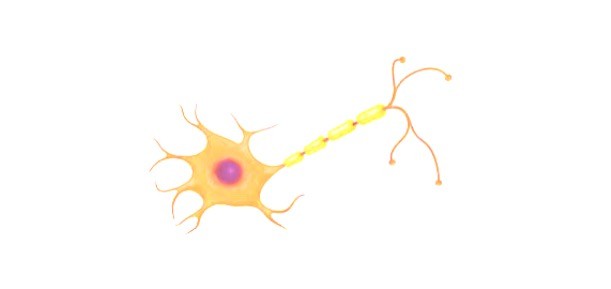Table of Contents
Pinocytosis Definition
Pinocytosis is the process by which a cell collects and transports tiny particles from outside the cell. Pinocytosis is derived from the Greek word “cell drinking.” The cell surrounds particles and then “pinches out” a portion of its membrane to confine the particles in vesicles, which are tiny spheres of membrane. This method is commonly used to take in extracellular fluid (ECF).
Pinocytosis Function
Endocytosis, or pinocytosis, is a form of endocytosis. When a cell takes in particles by enveloping them with its membrane, this is known as endocytosis.
The other forms of endocytosis include phagocytosis (“cell devouring”), which is similar to pinocytosis but involves a larger number of particles being taken into the cell, and receptor-mediated endocytosis, which occurs when particles attach to receptors and are taken into the cell.
Pinocytosis is the process by which small particles of chemicals in the ECF are taken into the cell. It’s a procedure that necessitates active transport, which means the cell must use energy (as opposed to a process like simple diffusion).
It is non-specific; while it is activated by the presence of certain molecules outside the cell, such as amino acids or ions, it results in the cell absorbing a variety of substances at the same time, including water and other solutes such as carbohydrates and proteins.
Pinocytosis Steps
1. An inducer material binds to a receptor on the cell membrane, such as a protein. Pinocytosis differs from receptor-mediated endocytosis in that it takes in several types of molecules rather than just one.
2. A tiny open-ended pocket, or invagination, develops around the section of the ECF that will be taken into the cell by the cell membrane.
3. At the open end of the invagination, or “pinch off,” the cell membrane begins to re-join.
4. A vesicle is produced after the cell membrane has entirely pinched off the invagination. This is a tiny sphere of cell membrane that surrounds the materials the cell has recently ingested. It keeps the molecules from causing damage to the remainder of the cell while they’re being transported.
5. The chemicals contained within the vesicle are eventually released and utilised by other cells.
Pinocytosis Examples
Pinocytosis is frequently used among body cells, but there are several instances when it is particularly important. This is how microvilli in the stomach absorb nutrients from meals.
Pinocytosis is a technique used by kidney cells to separate nutrients and fluids from urine that will be excreted from the body. It’s also used by human egg cells to acquire nutrients before fertilisation.
Types of Pinocytosis
Based on the size of the vesicle produced, pinocytosis is classified as either macro-pinocytosis or micropinocytosis. Micropinocytosis produces vesicles that are approximately 0.1 m long and produced from the smallest indentations in the cell membrane, whereas macro-pinocytosis produces vesicles that are about 1-2 m long (0.0001-0.0002 cm).
Pinocytosis vs Phagocytosis
Pinocytosis and phagocytosis are both comparable processes with a few important distinctions. Phagocytosis is utilised to absorb things such as bacteria that are considerably larger than the particles that can be absorbed by pinocytosis.
Pinocytosis is the swallowing of liquids and solute particles, whereas phagocytosis is the ingestion of solid objects. The contents of the vesicles are discharged straight into the cell during pinocytosis, but this does not happen in phagocytosis because the vesicles are too large.
To break down the contents, lysosomes must interact with the vesicles. Pinocytosis does not go through this procedure.
Pinocytosis FAQ
Endocytosis is the process by which a cell takes in particles by invaginating the cell membrane.
When a cell takes in big particles such as an entire bacterium, phagocytosis is also known as “cell eating.”
Invagination is the process of folding back or turning inside out a structure (in this example, the cell membrane) to produce a pocket or cavity.
A vesicle is a tiny membrane sphere inside a cell that may absorb and transfer things like nutrients and trash.
Pinocytosis Citations
- From Pinocytosis to Methuosis-Fluid Consumption as a Risk Factor for Cell Death. Front Cell Dev Biol . 2021 Jun 23;9:651982.
- Mechanisms of endocytosis. Annu Rev Biochem . 2009;78:857-902.
- Virus entry by endocytosis. Annu Rev Biochem . 2010;79:803-33.







